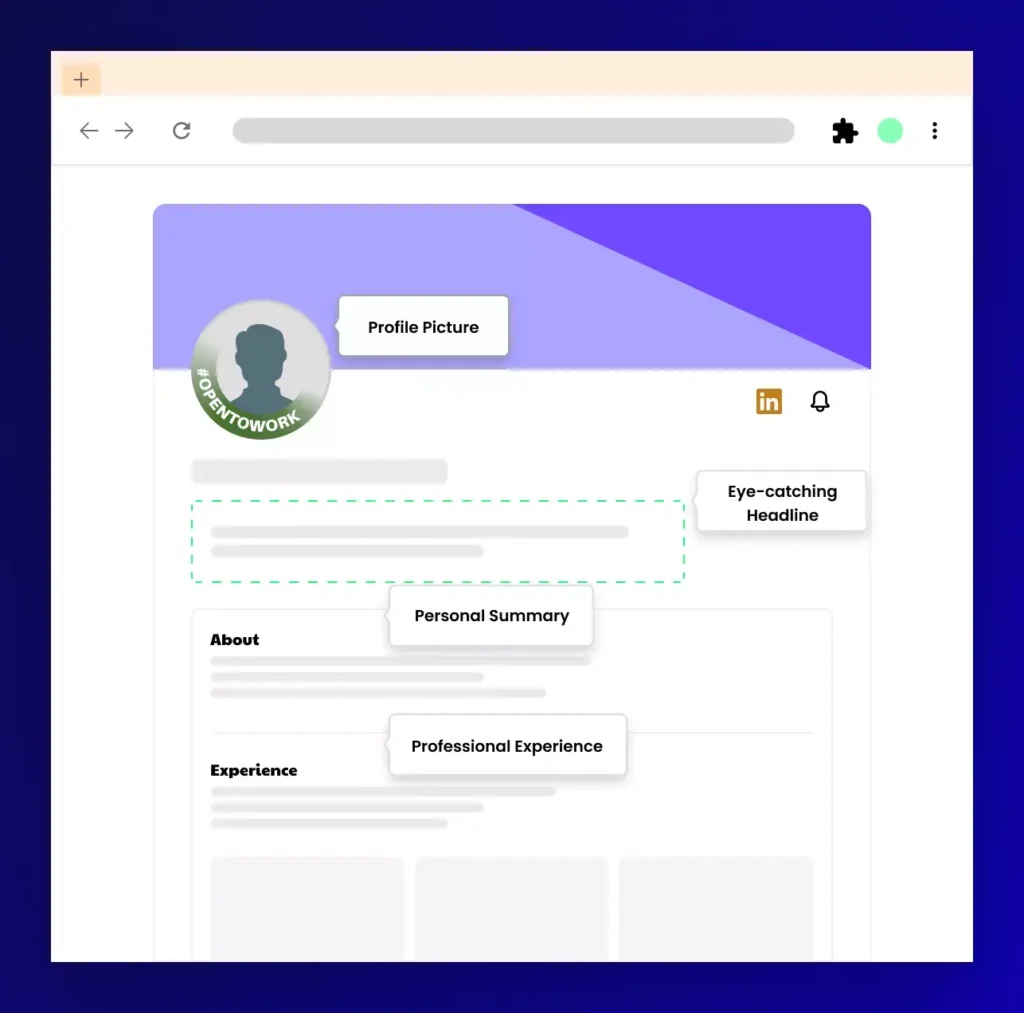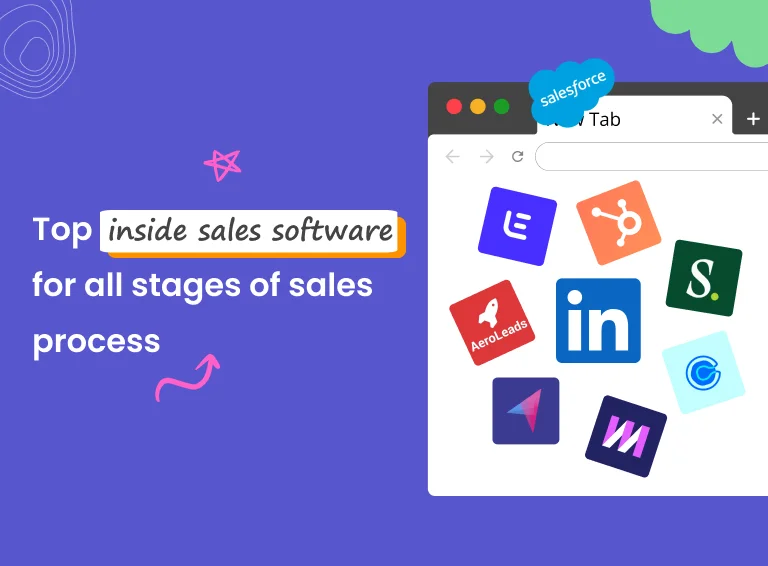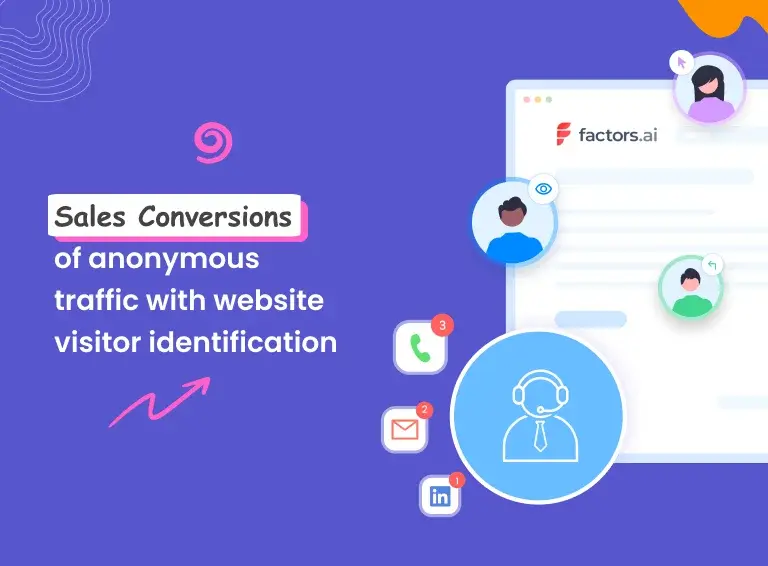Anxiety. Frustration. Fear. Loss of self-esteem.
These are some of the emotional reactions that you could be experiencing after being laid off. Remember, you’re not alone.
The spate of layoffs at tech companies in 2022 saw over 38,000 workers losing their jobs till mid-August in the U.S. alone, according to Crunchbase. Globally, over 70,000 staff at tech startups have been laid off as of August, as shown by the layoff tracker. Moreover, a survey of 700 executives and board members from various industries in the U.S. revealed that 51% of the surveyed companies have either started or are planning to start layoffs, so more employees in the tech sector are feared to be laid off.
Tech startups are feeling a crunch in venture capital funds as there has been a decline in global funding by 23% in the second quarter of 2022 from the first, forcing them to cut spending and downsize their teams as a consequence.
Being laid off can be a difficult phase to navigate, especially if it is your first time. Attempting to find another job in spite of the emotional upheaval, while there are fears of recession after the U.S. economy shrunk for the second consecutive quarter, can be daunting.
So, how do you face this? To paraphrase Martin Luther King Jr., disappointments are finite but hope is infinite. Layoffs leave a bigger pool to hire from for smaller, growing bootstrapped companies. Also, industry leaders and sales communities are constantly sharing multiple job opportunities online all the time, so remain hopeful that it’s only a matter of time before you find yours.
To give you actionable suggestions on how to tide over the period after the layoff and land a job as quickly as possible, we spoke to Jared Robin, the co-founder of RevGenius, a community with around 30,000 sales and marketing professionals from around the world, and also to Katrina Honer, a career confidence coach based out of San Francisco Bay Area.
How To Deal With the Aftermath of Being Laid Off?
The first thing to do after your layoff is to decompress by taking a few days for yourself. This will help you process your emotions better after the shock of being laid off and not take any major decisions immediately.
Honer recommends taking anywhere from a few days to one week to process your emotions. “We're human after all and it's okay to lean into what you're feeling at the moment and to remind yourself that this was out of your control and what you can control is your next steps. That might be venting with friends and family or indulging in something that brings you joy,” she elaborates.
Having been laid off just before the pandemic, Robin says layoffs catch you off-guard, irrespective of whether it was foreseen or out-of-the-blue. However, you must see this time after a layoff as an opportunity. “I'm not saying it's an easy time of opportunity. It could be a very difficult time of opportunity. But you need to keep remembering that word — opportunity,” he says.
It is also important to not beat yourself up over the layoff during this period. “If you're negative, you're going to have worse results than if you're positive,” Robin says.
To keep yourself upbeat, Robin recommends focusing on activities that you did not get to do while you were working full-time, like fitness, diet, reading books, and joining a local community to volunteer. Also, meditation will help you gain some much-needed mental composure. “Meditate twice a day. Sit with yourself and breathe. Figure out where your fears are. Use this as a time of self-reflection,” he suggests.
Once you feel emotionally stable enough, it’s time to gear up for the long haul.
How To Get a Job After Being Laid Off?
A) Introspect the Layoff, but Don’t Overthink
Now is the time to introspect on the layoff. While doing this, remember that the layoff could have been because of the company alone, and nothing to do with you. So don’t fall into a rabbit hole of overthinking.
1. Do an Honest Assessment of Your Performance
Do an honest assessment of your performance in your previous role to see if there are any skill gaps that you can fill. As Robin puts it: “All the things your next employer is going to want from an attribute standpoint and from somebody they hire, be right now.” If you feel that those skill gaps can be filled through online courses, take those courses.
2. Explore Projects You Had Put On Hold
Whatever you had held off on, this is your chance to chase after those projects. We’re all waiting for the right time, the right opportunity. This is the time you could begin work on some of those on-the-side kinds of projects.
B) Gear Up for the Job Hunt
Get started on your job hunt by posting on LinkedIn that you are looking for jobs. Posting publicly about being laid off is no longer taboo and it has been working for many who have been laid off to find new jobs.
According to Honer, “You'll be surprised how many people are willing to help touch base with friends and connections, asking for referrals, intros, and open opportunities. You want to increase your odds of being seen.”
1. The First Step, Update That Resume
Update your resume with new skills that you have honed during your previous work experience and outside your work. As a salesperson, your sales skills are transferable — you’re adept at communication, and writing, have business acumen, problem-solving skills, and presentation skills. With pitching being a part of your work routine, it’s time to pitch yourself to the recruiter, so design your resume accordingly, she says. Make use of strong resume action words to clearly highlight your accomplishments and responsibilities in a compelling way.
“Recruiters are looking to hire the best candidate for the job fast, so it will be extremely important that the job seeker makes it as easy as possible for the recruiter to give them a ‘yes.
Understand what that recruiter is recruiting for, reach out indicating the actual job you're interested in (provide a link if possible), quickly reaffirm your interest and your skills, and share your resume.”
2. Start Following the Same Work Routine
Robin suggests treating your job search as a job in itself — one that you show up to every day. “Every day, show up at 9 a.m. like you have a job. So if you're looking at this, like a job, why would you stop today?” he says. If you worked for 8 hours typically in your regular job, you need to invest at least 5 to 6 hours now searching for jobs.
“It’s going to give you purpose. And if you lose that purpose, then find something that you have a purpose for,” Robin adds.
To start out, Honer says that you should aim to apply to 5-10 jobs a week. “For every job, do your best to reach out to the hiring manager or recruiter directly to reaffirm your interest and put a name to a face,” she suggests. We will look at networking in detail in a later section.
C) Find Out Your Financial Runway
Getting your finances in order during this time will help you avoid undue anxiety on top of what you might be experiencing while trying to land a job.
First, check your cash runway, which is an estimate of how long you can last with your existing savings. Next, analyze to what extent you can cut down on your regular expenses for a better cash runway. Based on these, you can come up with a timeline for yourself to land a new job before your savings dry up.
“With no guarantee of how long the hiring cycle will last, set yourself up for success by minimizing your expenses,” Honer says. Filing for unemployment benefits as soon as possible will be beneficial as “the sooner you file, the sooner you'll get support.”
Having estimated your runway and the timeline, you should also have a backup plan if you are not able to find a new position as per plan. It could be taking up a part-time job or starting a small business with minimal funds. Whatever it may be, have that ‘Plan B’ ready, she says.
D) Network To Get Community Help
In the world of online job search, networking is crucial. Your network will help you in identifying new jobs quickly.
Wondering where to begin? “LinkedIn is a treasure trove,” Honer says. As per its own statistics, six people are hired every minute and 95 job applications are being submitted every second on LinkedIn.
1. Dust off Your LinkedIn Profile
If you have not been active on LinkedIn while you were employed, get started by doing basic tweaks to your profile —
- update your headline below your name,
- provide contact details like your personal email address,
- change your summary,
- use this LinkedIn feature to let recruiters know that you’re open to work.
- update your job descriptions from previous experiences

💡Pro Tip
When writing your job summaries in your resume, or updating your LinkedIn profile, don’t just list down all of your tasks, it’s your performance that matters. So mention instead what you’ve achieved for the team/company. For example, instead of saying “write and edit content daily,” say, “wrote and edited 20+ people-first pillar articles for SEO purposes which got ranked in SERP within 3 months.”
Now for the actual networking part. Using the search bar, list out the roles and companies you wish to work in and see who the hiring managers and recruiters are. Honer recommends following these recruiters and hiring managers on LinkedIn and engaging with their posts to improve your visibility. “Scope out their posts and engage with their posts/content because oftentimes opportunities are presented directly in comments left by other people,” she says.
From the list you’ve made, reach out to recruiters personally by connecting with them on LinkedIn and sending personalized notes. Career coach Lee Woodrow suggests ending your note with a call-to-action like “Let’s connect.”
Example:
“Hi {recruiter’s first name}, I noticed that you are a recruiter in the {company/sector}. I wanted to reach out to discuss potentially working together. I was a {role title} with a proven track record of {your value proposition and experience} and currently seeking new opportunities.
Let’s connect,
{your first name}”If they accept your connection request, then send a follow-up message on LinkedIn thanking them and attaching your resume. While the maximum is 8,000 characters per message, keep it brief and to the point, Woodrow recommends. Once again, ensure that you have a clear CTA like scheduling a call.
Example:
“Hi {recruiter’s first name}, thank you for accepting my connection request.
I am interested in putting myself forward for any {role} in {sector) within {city}. Feel free to check out my LinkedIn profile to see if I may be a fit for any of your current openings. Please find attached my resume.
Would be great if we could get on a call to discuss this.
Kind regards,
{your first name}”If you cannot reach the hiring manager for a particular role, Honer says you could also try networking with employees to push your resume to the recruiter.
Example:
“I noticed you work in {department}. I saw a role opened up in your team..
I have experience in {x,y,z} and was wondering if you could pass my application along to the hiring manager to help ensure it lands into the hands of a real person?”Another thing she recommends to get the maximum out of LinkedIn is to be an "early applicant" while applying. You have a better chance of being noticed that way. Simply set up LinkedIn job alerts for roles and companies you are interested in so you get notified immediately and don't miss your window of opportunity.
2. Join Niche Slack Communities:
The workplace messaging app has now become popular among job seekers to connect to recruiters and land jobs quickly. Honer says that in parallel to your job search on LinkedIn, you could also search for Slack communities that align with your industry and join these communities. “So many jobs are being posted in these smaller communities so there is less competition and easier access to the job poster,” she adds.
To get you started, some of the Slack communities that you can join are Salescast, What the SaaS, and Remote Work Slack by Workfrom. You can also use Slofile to find public Slack groups to join.
3. Join Sales Communities if You Haven’t Already
This is the jobs board of RevGenius, where you can access new job openings in Sales, Marketing, Revenue Operations, and Customer Success. Robin notes that apart from posting job openings, RevGenius also focuses on conducting free training programs like bootcamps focused on sales development representatives (SDRs) and LinkedIn live events for job seekers on Wednesdays to register and network with professionals and recruiters.
“We are here to help people fast track their careers and sometimes that means to get back into the workforce. We want to put people in great jobs. Jobs that inspire them, that help them grow their careers. Our mission is to bring inspiration and creativity to all revenue professionals,” Robin says.
Here are the other sales communities you can join
E) Build a Personal Brand on LinkedIn, if You Can
Another option that you could explore to increase your visibility is building a personal brand for yourself on LinkedIn.
Sales leader Lindsey Boggs, who regularly posts content on sales, marketing, and prospecting and increased her LinkedIn followers organically by 560% in three years, recommends writing often and publishing articles and posts regularly to build your personal and professional brand.
Use your domain knowledge on sales that you gathered in your previous job to come up with relevant content (like actionable tips on making cold calls or sending cold emails etc.) and post them in regular intervals like once every two days. This will not only help your visibility but will also display your expertise to potential recruiters, hence increasing the chances of you landing an interview.
F) Message Growing Startups
Another way to improve your chances of landing an interview is to message startups on LinkedIn, that are growing and are looking to expand their team. Do your research to make a list of startups and find their LinkedIn profiles.
Ideally, shortlist those startups that are bootstrapped, given the current decline in global venture capital funding for startups. While funded companies suffer a carnage of layoffs during a downturn, bootstrapped companies don’t have to resort to layoffs or downsizing because key decision-making rests with the founder. And owing to their unwavering focus on revenue generation, they will, in all probability, have the financial runway to downturn-proof themselves.
G) How To Answer Questions About Your Layoff?
You might be wondering whether it's okay to tell your interviewer that you were laid off, or how to tell such a story.
We asked them both how you should position yourselves to HR if you were laid off.
Robin stresses that your outlook for your previous employer should be that of gratitude and appreciation there should not be any resentment in your reply. “It needs to be positive. You can't be negative or throw shade at them. That will reflect poorly on you," he says. Also, mention that you were part of a team that was laid off instead of talking about just you.
He suggests approaching the answer along the lines of: “I just came from an awesome company. It didn't work out. They laid off their whole sales team. I was part of that. “
Being a salesperson, focus on how you can pitch yourself better to the recruiter when faced with this question, according to Honer. “It doesn't hurt to say you are laid off but that shouldn't come off as the reason you want them to interview you. You can express you are laid off and also indicate the reason why you're interested in the employer,” she notes. Keeping the explanation brief will also help in preventing negative feelings from being expressed in your response.
Honer’s example of answering this question is: "X number of employees or X% of roles were reduced at my company due to a restructure." This would take the spotlight off the candidate and would highlight it was a company-wide decision, she adds.
Key Takeaways
In this brutal economic climate, layoffs are becoming commonplace. So far, we have seen actionable suggestions on what you can do to find a new job quickly as freshly laid off salespeople.
To sum up, Honer gives the 3 great takeaways for you to keep in mind for your career pursuit:
- Treat your outreach as your cover letter — When you can, skip the cover letter and get emails instead (try mailscoop.com). People generally read more emails than additional documents.
- You don't need a new resume — You need a better story. It's important to tell a crystal clear story of how your experience is relevant to the job you're interested in. Keep that story in mind when you pitch yourself and craft your resume.
- Be a detective — Find those people who are hiring on LinkedIn and reach out directly. Most of the time, you still have to apply online but finding the job posters or hiring manager increases your chances of being recognized, remembered, and prioritized when it comes to narrowing down the applications.
It is important to know that each person is different, so take these suggestions and apply them as you see fit during the job search. Good luck!





